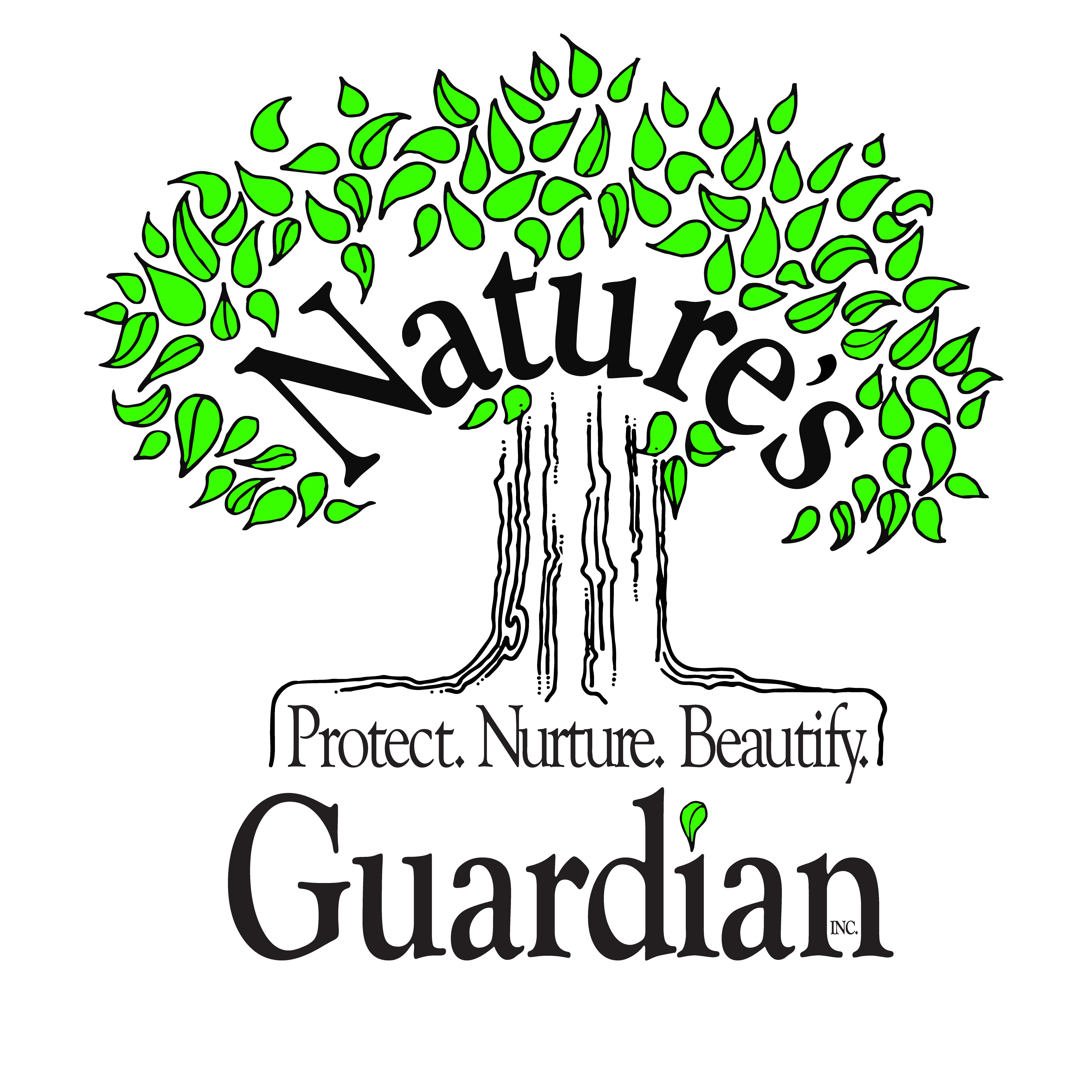Brown Patch is a common summer lawn disease caused by a fungus called Rhizoctonia. The disease can infect a variety of common turfgrasses but the most susceptible grass species include perennial ryegrass, tall fescue, and the bentgrasses.
Once started, brown patch lawn disease spreads fast. Brown patch damage first appears as circular areas of brown and dead grass surrounded by a narrow, dark ring. It is prevalent in warm and humid climates the most active growth of brown patch lawn disease occurs at temperatures of 80-85° when humidity levels are very high.
Treating it requires use of a fungicide and moderate amounts of nitrogenous fertilizer. If you under or over fertilize your lawn it can make Brown Patch worse. Feeding your lawn during hot and humid weather should be avoided. It is recommended to consult a landscape professional trained to diagnose and treat lawn diseases.
Use proper watering practices. It is recommended to water early morning so the grass can dry out before nightfall. If dew is collecting on your lawn each morning, your lawn probably does not need to be irrigated at all. Standing dew can be removed by dragging a water hose over the lawn, which will lower the humidity that causes brown patch disease.
Improve air circulation. The best way to do this is to aerate and dethatch the lawn annually. Improved air circulation will lessen the humidity that causes brown patch.
Reseed with resistant grass cultivars. A variety of grasses are available with moderate resistance to the Rhizoctonia fungus. If a brown patch is an annual occurrence, consider top-seeding your lawn with resistant grasses.
Take care to mow the lawn (make sure blades are sharp) and keep it at least 3” high.
It is recommended to consult a landscape professional trained to diagnose and treat lawn diseases.
